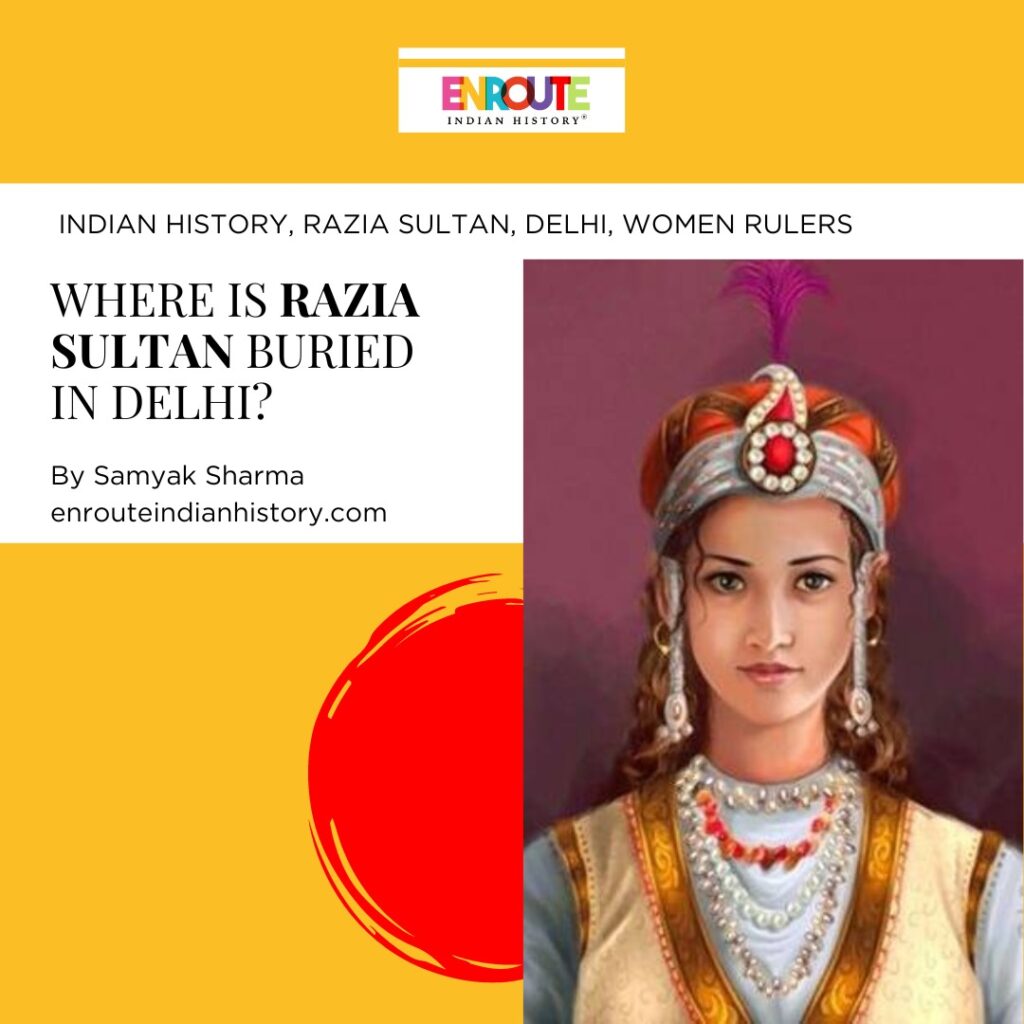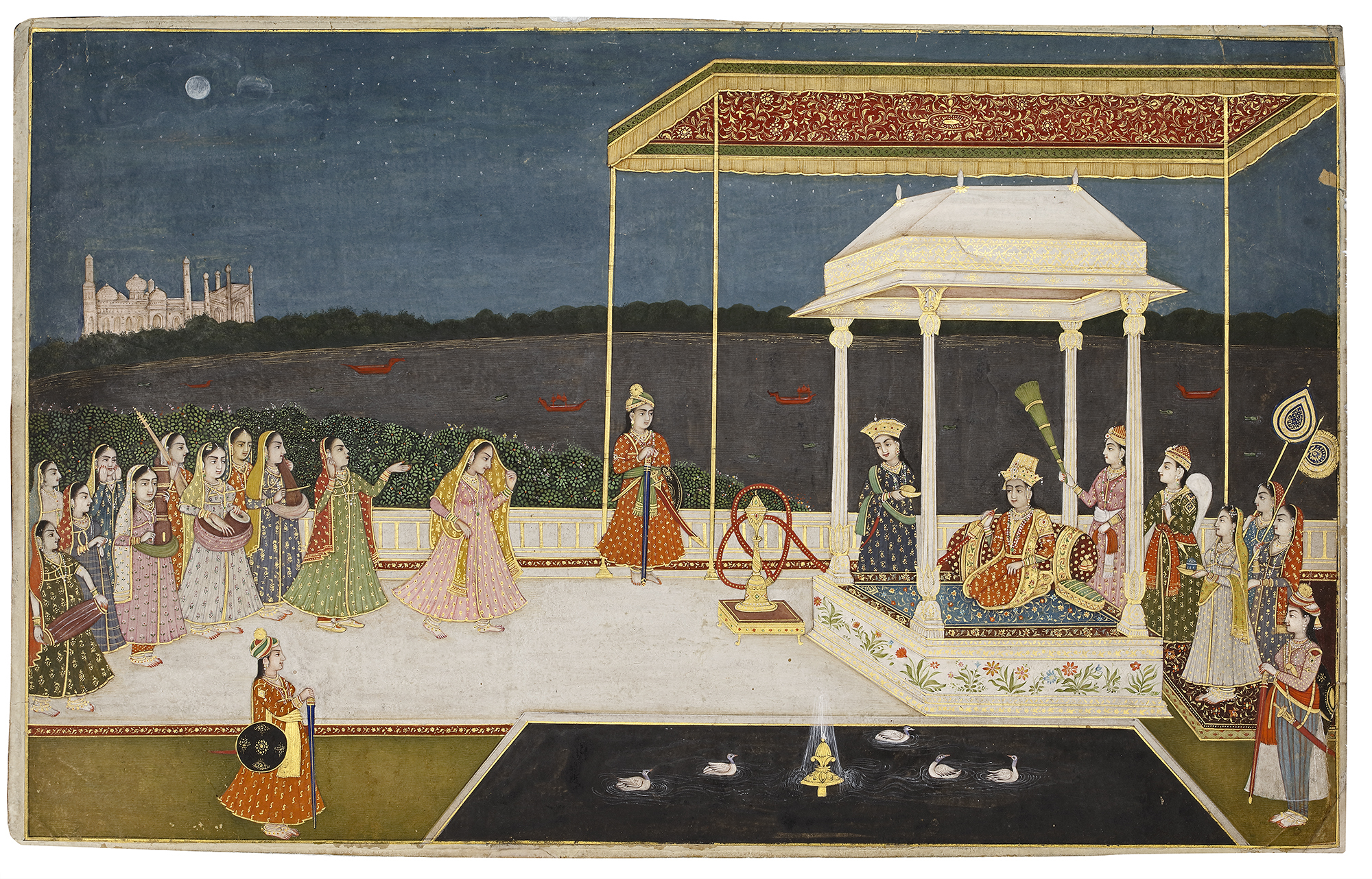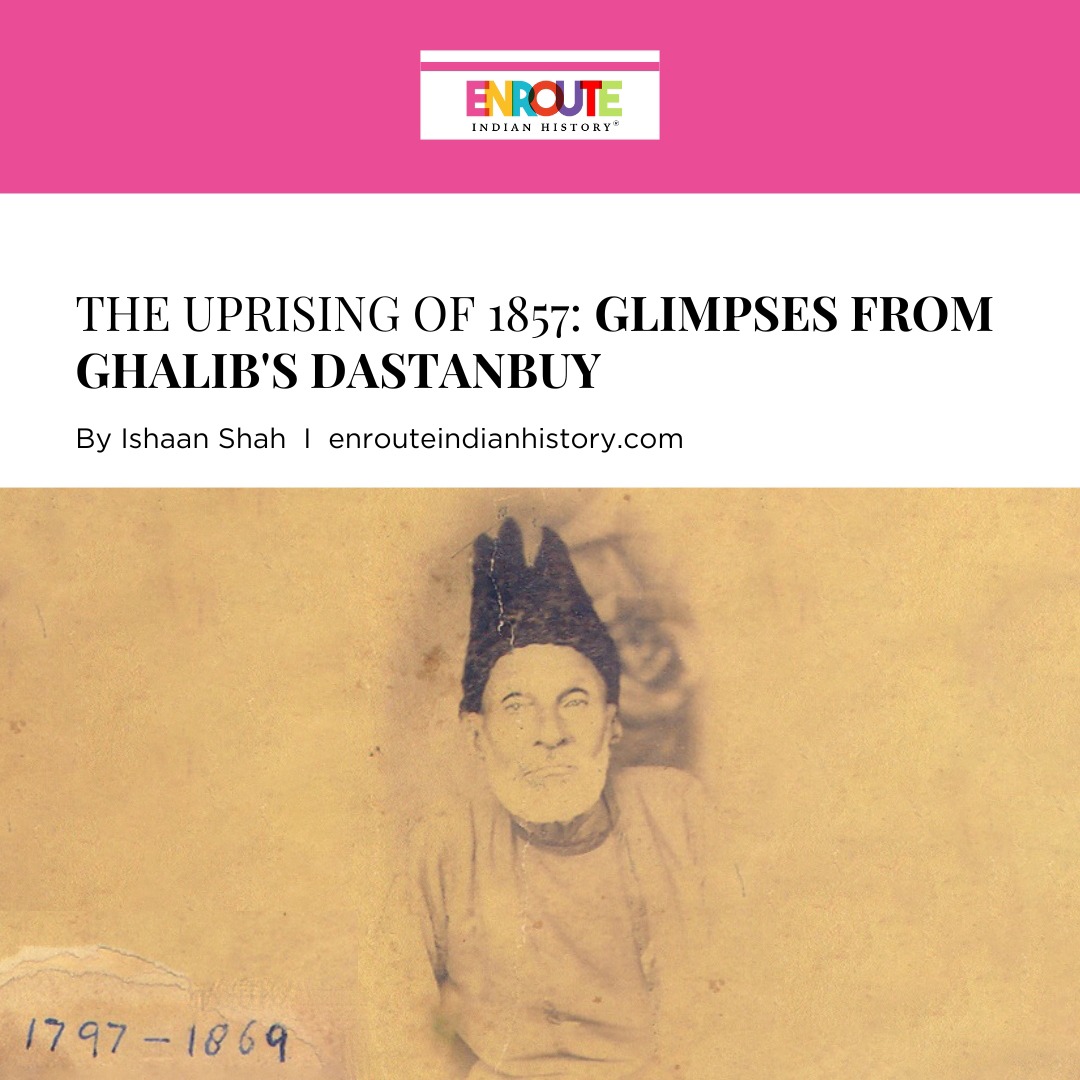
Razia Sultan, a trailblazing figure in medieval Indian history, emerged from the tumultuous political landscape of the Delhi Sultanate in the 13th century. Born in 1205 in Budaun, India, Razia was the daughter of Shams-ud-din Iltutmish, the third ruler of the Delhi Sultanate. Her early life unfolded against a society deeply entrenched in traditional gender norms, yet Razia’s journey defied these conventions, leading her to become the first and only woman to ascend the throne of Delhi.
Razia’s father, recognizing her intellect and leadership potential, chose to educate her alongside his sons, a highly unconventional practice in medieval India. This unique upbringing exposed Razia to the intricacies of statecraft, governance, and military strategy. Her education included lessons in administration, political affairs, and warfare, preparing her for a role that would challenge the established norms of her time.
The Delhi Sultanate during Razia’s formative years was characterized by internal power struggles and external threats. Her father, Iltutmish, ascended to the throne in 1211 after the death of his predecessor, Aibak. Iltutmish’s reign was marked by efforts to consolidate the Sultanate’s power and maintain its territorial integrity against external pressures, particularly from the Mongols.

Source: Tezzbuzz
Dynastic Intrigues and Trailblazing Legacies: Family Dynamics of Razia Sultan
Razia Sultan’s family played a crucial role in shaping her life and the political trajectory of the Delhi Sultanate. Born in 1205 in Budaun, Razia was the daughter of Shams-ud-din Iltutmish, the third ruler of the Delhi Sultanate. Her father’s reign, which commenced in 1211 after the death of Qutb-ud-din Aibak, marked a significant period in the history of medieval India.
Iltutmish, originally a slave of Qutb-ud-din Aibak, rose through the ranks to become a trusted lieutenant and eventually succeeded Aibak as the ruler of the Delhi Sultanate. His reign was marked by a series of military successes and strategic alliances that consolidated the power of the Sultanate. Iltutmish faced challenges from internal revolts, particularly from the nobility, but he managed to navigate these with political acumen.
One of the defining moments of Iltutmish’s rule was the recognition of his daughter Razia’s capabilities. Unprecedented in medieval India, he educated Razia alongside his sons, breaking away from the prevailing gender norms. This decision proved instrumental in shaping Razia’s destiny, equipping her with the knowledge and skills necessary for governance and leadership.
Iltutmish’s reign also faced external challenges, notably from the Mongols. The Mongol invasions, led by Genghis Khan and later by his grandson Hulagu Khan, posed a constant threat to the Delhi Sultanate. Iltutmish actively repelled these invasions and safeguarded his realm’s territorial integrity. Despite the challenges, Iltutmish’s rule is often regarded as a period of consolidation and stability within the Delhi Sultanate.
In terms of Razia’s family dynamics, her mother’s identity is not as prominently recorded in historical accounts. The details of Iltutmish’s family life, particularly the names and roles of his wives, remain somewhat obscure. However, Razia’s unique upbringing alongside her brothers in an educational environment set the stage for her future role as a ruler.

Source: Oriental Art Auctions
Following the death of Iltutmish in 1236, internal strife within the royal family unfolded. Nasir-ud-Din Mahmud, Iltutmish’s eldest son, revolted against his father, leading to a succession crisis. The internal power struggle within the dynasty eventually resulted in Razia’s brother, Rukn ud din Firuz, ascending to the throne. This marked a period of instability and internal conflicts within the nobility, setting the stage for Razia’s eventual ascension.
Rukn ud din Firuz’s reign was short-lived, and his inability to navigate the complex political landscape led to internal discord. The internal strife among the nobility created a power vacuum, ultimately paving the way for Razia to ascend to the throne in 1236. Her ascension marked a historic departure from traditional gender norms, making her the first and only woman to rule the Delhi Sultanate.
Razia’s family history, particularly the role of her father Iltutmish, and the internal dynamics among his children, contributed significantly to the political events that unfolded during her reign. Her unique upbringing and the challenges faced by her family shaped Razia into a leader who would go on to challenge societal norms, leaving an indelible mark on the history of medieval India.
Breaking Barriers: The Reign of Razia Sultan and the Struggle for Power and Equality
Upon assuming the throne with the title Jalâlat ud-Dîn Raziyâ, Razia promptly abandoned the traditional veil, opting instead for men’s attire. Demonstrating authority, she decisively introduced coins bearing her name, declaring herself the ‘pillar of women’ and the ‘Queen of the times.’
She promptly enacted significant changes in her administration. Khwaja Muhazzabuddin assumed the role of her wazir, being conferred with the title Nizamul Mulk. Initially, Malik Saifuddin Aibek Bahtu led her army as Qutlugh Khan, but following his passing, Razia appointed Malik Qutubuddin Hasan Ghuri to the position of naib-i lashkar, responsible for overseeing the army. The iqta’ of Lahore, once under the control of the insurgent Alauddin Jani, was reassigned to Malik Izzuddin Kabir Khan Ayaz, who had pledged allegiance to Razia. Devoted supporters such as Malik-i Kabir Ikhtiyaruddin Aitigin and Malik Jamaluddin Yaqut assumed key roles in the imperial household, serving as Amir-i Hajib and Amir-i Akhur, respectively. This strategic reshuffling aimed to consolidate Razia’s rule and reward those loyal to her cause.
Razia Sultan, a remarkable and groundbreaking ruler of the Delhi Sultanate, left an enduring legacy through her multifaceted contributions during her reign from 1236 to 1240. Displaying both administrative prowess and military acumen, she defied societal norms by forgoing purdah and traditional Muslim women’s attire, opting instead for clothing reminiscent of previous rulers.

Source: TezzBuzz
Despite facing opposition from conservative factions, including criticism for unveiling her face in public, Razia efficiently governed her realm, leading her forces fearlessly from the front and expanding her territories through strategic military campaigns.
Beyond her military achievements, Razia implemented impactful reforms aimed at enhancing governance and fortifying the infrastructure of her empire. Initiatives included establishing law and order, well-digging, road construction, and the promotion of trade. In a bid to foster religious tolerance, she sought to abolish taxes on non-Muslims, despite encountering resistance from the nobility. By reducing taxes on goods, supporting merchants, and constructing markets, she transformed the kingdom into a bustling hub of commerce. Infrastructure projects, including roads, bridges, and canals, further facilitated trade, enhancing economic prosperity.
Razia’s visionary leadership extended to the realm of education, where she established schools, research centers, academies, and public libraries. These institutions, enriched with the Quran, traditions of the Prophet, and works of ancient philosophers, embraced a secular approach by incorporating lessons from Hindu literature, astronomy, philosophy, and science. This commitment to education contributed to a golden age of knowledge and enlightenment in her empire.
Her patronage of the arts and culture manifested in architectural marvels adorning her realm, reflecting exquisite craftsmanship. Mosques and palaces built during her reign left an indelible mark on the architectural heritage of medieval India. Razia’s reign also witnessed a flourishing of music, dance, literature, and visual arts, with musicians, dancers, poets, and writers contributing to a vibrant cultural tapestry.
Razia’s commitment to the welfare of farmers underscored her understanding of the interconnectedness of agriculture and a stable economy. She supported farmers during challenging times, implementing practices to ensure food security and stability.
Razia Sultan’s reign is a testament to her groundbreaking leadership, challenging societal norms, and contributing to the cultural, educational, and economic prosperity of the Delhi Sultanate. Her legacy as a progressive and enlightened ruler endures, shaping the historical narrative of medieval India.
Tomb of Razia Sultan

Source: Chandni27, TimesTravel
The demise of Razia Sultan marked the end of a remarkable era in medieval Indian history. Razia’s reign, which began in 1236, was characterized by progressive reforms, military successes, and a commitment to cultural and religious diversity. However, her rule faced opposition and challenges, ultimately leading to a tragic end.
Razia Sultan’s reign faced internal dissent from nobles and conservative elements who disapproved of a woman ruling the Delhi Sultanate. Despite her competent governance and military achievements, the patriarchal norms of the time led to growing discontent among sections of the nobility. Razia’s efforts to promote gender equality and religious tolerance were met with resistance, and her attempts to abolish taxes on non-Muslims faced opposition from the nobility.
One of the pivotal moments in Razia’s reign was her marriage to Altunia, a former governor of Bhatinda. This union, viewed by some as a political move to garner support, did little to quell the discontent among the nobility. Instead, it fueled opposition, and a rebellion emerged, led by Razia’s brother, Rukn ud-Din Firuz.
The rebellion gained momentum, and in 1240, Razia Sultan found herself amid a power struggle. The circumstances surrounding her death remain somewhat unclear. Some historical accounts suggest that she was captured by her brother’s forces during a battle near Kaithal, while others propose that she was betrayed by Altunia. Regardless of the details, Razia Sultan met a tragic end, and her death marked the conclusion of her pioneering rule.
Traditionally believed to be buried in Kaithal, Haryana, the exact location and condition of Razia Sultan’s tomb have been a source of confusion. Contradictory accounts and differing historical narratives have contributed to the mystery surrounding the tomb, leaving scholars and historians with varying interpretations of its existence.
One prevalent theory suggests that Razia Sultan was buried in Kaithal, and her tomb stands as a testament to her tumultuous reign and untimely demise. However, the lack of ornate grandeur associated with some historical monuments has led to speculation about the simplicity of her burial site.
Adding to the confusion, some historical accounts propose an alternate narrative. According to these versions, Razia Sultan’s burial place might be in Delhi, at a location known as Bulbul-i-Khanan. This conflicting information has further muddled the understanding of Razia Sultan’s final resting place, and scholars continue to grapple with reconciling these disparate accounts.
Razia Sultan’s tomb is a simple structure, reflecting the pragmatic and inclusive approach she adopted during her reign. The tomb’s design lacks the ornate grandeur often associated with the final resting places of rulers. Instead, it exudes a quiet elegance, mirroring the challenges Razia faced as a ruler who defied societal norms.
Despite the ambiguity surrounding the tomb, the legacy of Razia Sultan endures in the pages of history. Her contributions as a pioneering female ruler, her commitment to progressive governance, and her efforts to foster religious tolerance and cultural diversity remain integral to the historical narrative of medieval India. The mystery surrounding her final resting place adds an air of intrigue to the story of Razia Sultan, inviting ongoing exploration and interpretation by scholars and enthusiasts alike.
A Cinematic Tapestry of a Trailblazing Empress
Razia Sultan’s life has become the subject of numerous popular legends, capturing the imagination of storytellers and artists. To further explore her narrative, a historical fiction book titled ‘Razia: Queen of India’ has been penned by Rafiq Zakaria, offering readers a literary perspective on her remarkable journey.
In the realm of Indian comic books, Razia Sultan holds her title in the esteemed series, Amar Chitra Katha, solidifying her place in popular culture. The influence of Razia Sultan extends to the cinematic world, with notable adaptations portraying her story on the silver screen. The Indian silent film ‘Razia Begum’ (1924) directed by Nanubhai B. Desai and Bhagwati Prasad Mishra stands as an early cinematic exploration of her life. Director Devendra Goel’s 1961 Hindi-language film ‘Razia Sultana,’ starring Nirupa Roy in the titular role, is another cinematic representation of her historical significance.
A significant portrayal came in the 1983 biopic ‘Razia Sultan,’ directed by Kamal Amrohi, where Hema Malini delivered a notable performance in the lead role. This cinematic rendition brought Razia Sultan’s story to a wider audience, emphasizing her impact on Indian history. The character of Razia Sultan also found representation in the 2016 Pakistani film ‘Saya e Khuda e Zuljalal,’ with Rachel Gill portraying a character inspired by the empress.
Television has also contributed to the exploration of Razia Sultan’s life, with the airing of a TV series titled ‘Razia Sultan’ on ‘& TV’ in 2015. Pankhuri Awasthy took on the role of Razia, with Rohit Purohit portraying Altunia, bringing her story to the small screen for audiences to engage with her historical journey. These various artistic interpretations across different mediums showcase the enduring fascination with Razia Sultan and her impact on history and culture.
References:
- Aggarwal, I. (2019, September 4). History Notes: Who was Razia Sultan? Facts you need to know! story of Razia Sultan. OwnTV. http://www.ownguru.com/blog/story-of-razia-sultan/
- Aranha, J. (2017, September 21). Razia Sultan: The story of the first, and last, female ruler of the Delhi Sultanate. The Better India. https://www.thebetterindia.com/116257/razia-sultan-first-female-ruler-delhi/
- Corporation, H. T. (n.d.). Tomb of Razia Sultan | Places of Interest | Kaithal | Destinations | Haryana Tourism Corporation Limited. https://haryanatourism.gov.in/Destination/tomb-of-razia-sultan
- Josh, J. (2015, August 25). Razia Sultan:The first women ruler of India. Jagranjosh.com. https://www.jagranjosh.com/general-knowledge/razia-sultanthe-first-women-ruler-of-india-1440495978-1
- Priyamvada, P. (2022, February 18). Razia Sultan: the first and last woman ruler of Delhi Sultanate | #IndianWomenInHistory. Feminism in India. https://feminisminindia.com/2017/03/17/razia-sultan-essay/
- Razia Sultana. (2018, July 31). Cultural India. https://learn.culturalindia.net/razia-sultana.html
- Razia Sultana – Google Arts & Culture. (n.d.). Google Arts & Culture. https://artsandculture.google.com/incognito/story/razia-sultana-zubaan/LwXhtQqBcBO7KA?hl=en
- Testbook. (2024, January 9). Razia Sultan: Administration, Economy, Culture, Legacy and more! Testbook. https://testbook.com/ias-preparation/razia-sultan
- Ugc. (2024, February 2). Razia Sultan Tomb. Atlas Obscura. https://www.atlasobscura.com/places/razia-sultan-tomb-new-delhi-india
- Wikipedia contributors. (2024, January 25). Razia Sultana. Wikipedia. https://en.wikipedia.org/wiki/Razia_Sultana


























